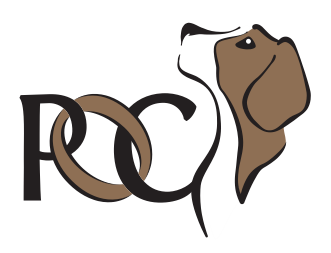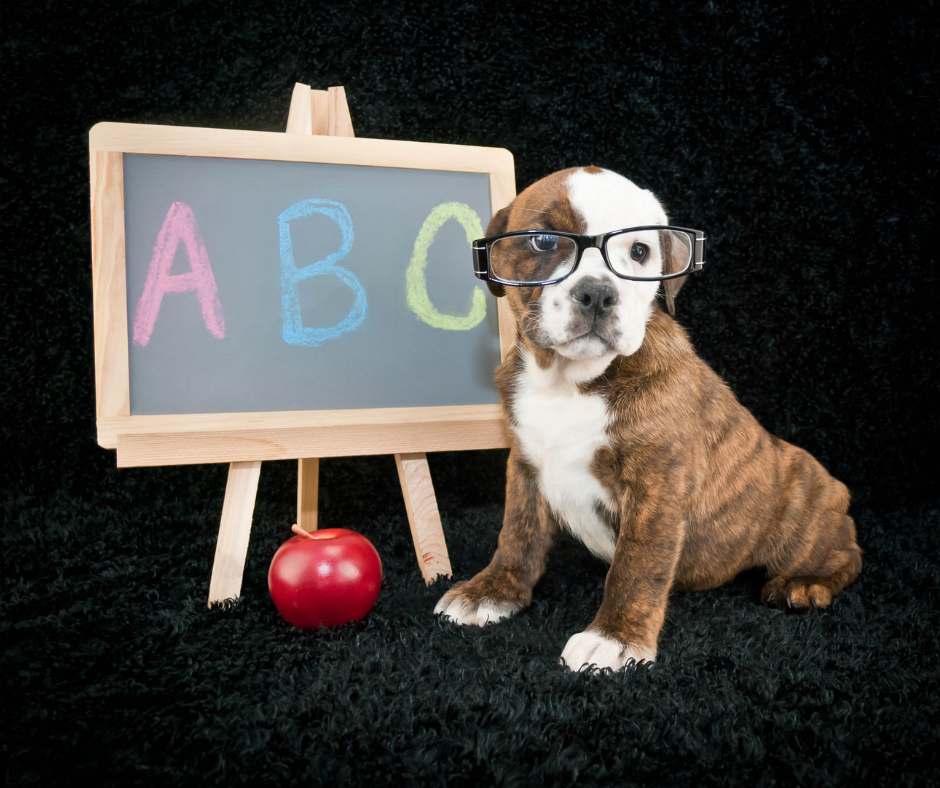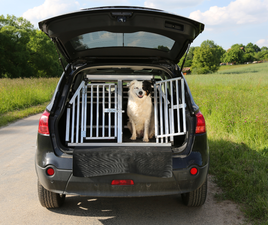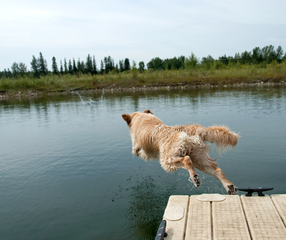 Often our idea of summer in Muskoka includes our dog swimming in the lake. While some dogs take to water naturally, others may take some time to get used to the idea, some may prefer not to swim but to wade and other may have a body type that makes swimming challenging. If you would like your dog to enjoy the water, then key is planning a gradual introduction, allowing your dog to choose if they want to go in or not, and associating the water and/or swimming with something they enjoy. Is there something you're finding challenging to teach your dog? Want to know why an experienced dog trainer can make training look easy? Keep reading for the skills that can take your training game to the next level and how to develop them.
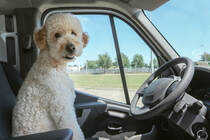 Image by Sam Williams from Pixabay Image by Sam Williams from Pixabay Having a dog that can't settle and relax in the car makes for very challenging car rides. The good news is that there are things you can do to teach your puppy to be a good traveler and to help your adult dog be more comfortable and relaxed in the car. Safety First
Dogs Without Jobs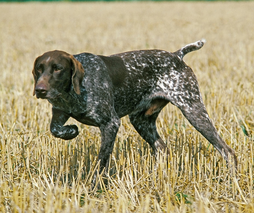 At one point not that long ago, dogs lived with humans because they had a job to do, something that benefited the humans they lived with. The jobs were as varied and unique as the different breeds of dogs that were selected for their ability to do those jobs well.
|
Categories
All
Archives
May 2024
|
Online Learning Class Schedule Puppy Classes Manners Classes Sport Classes Scent Classes Agility Classes Private Lessons
Copyright 2020 Positively Obedient Canines
